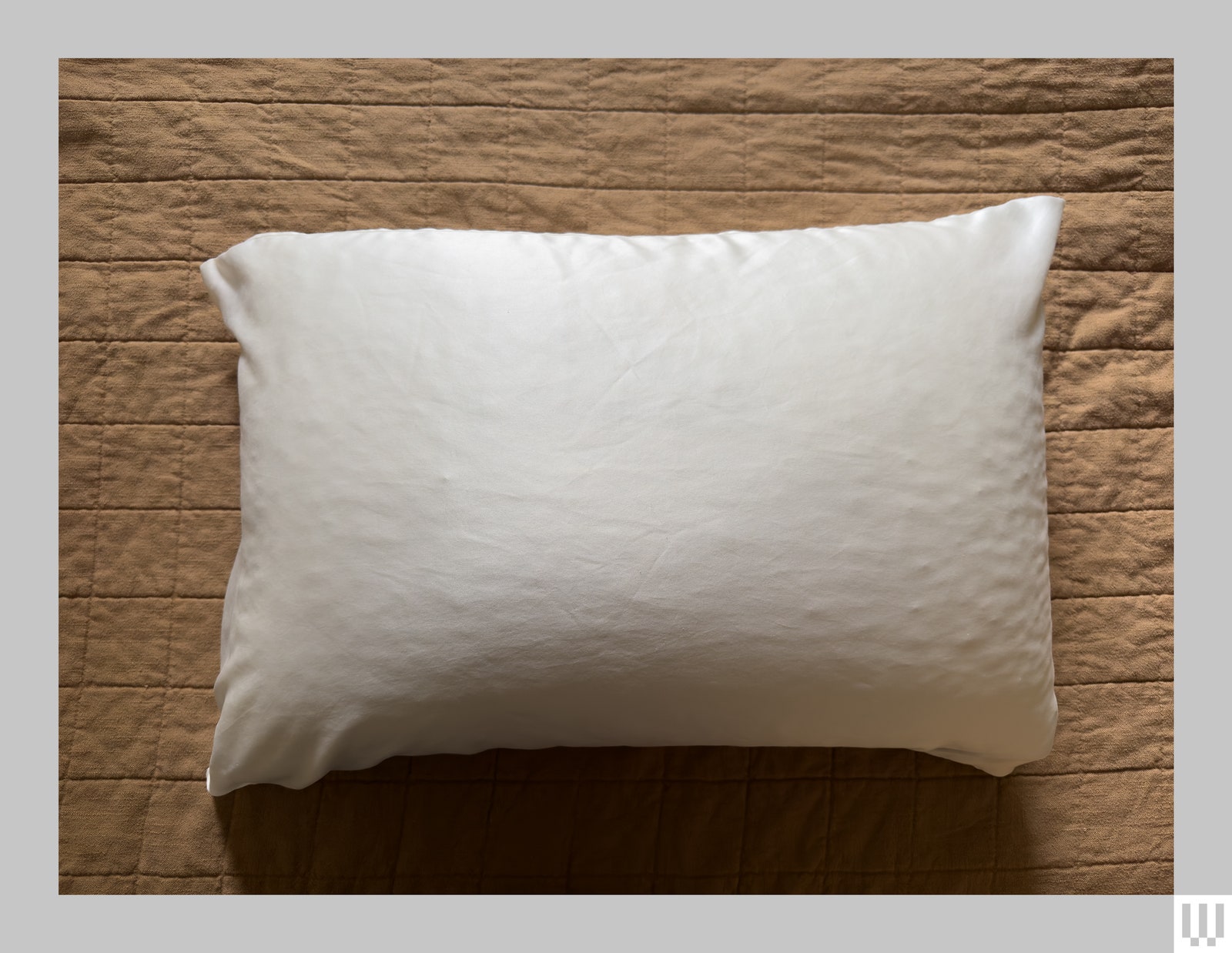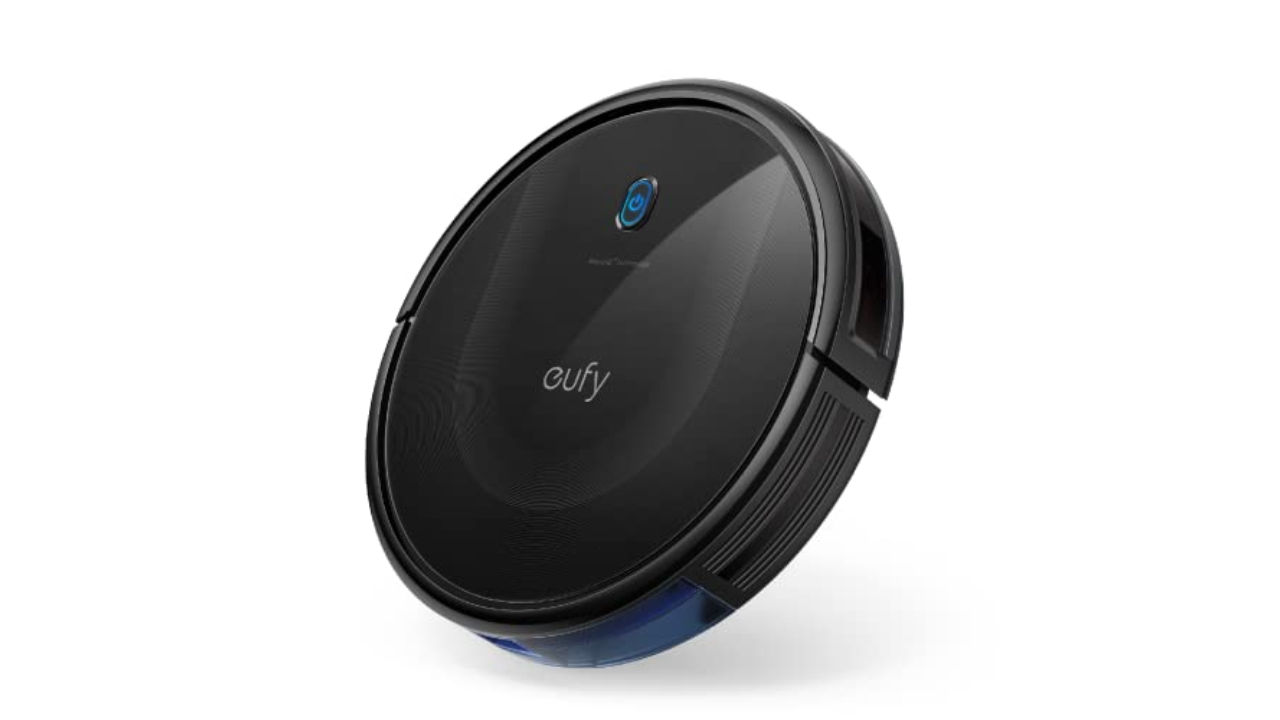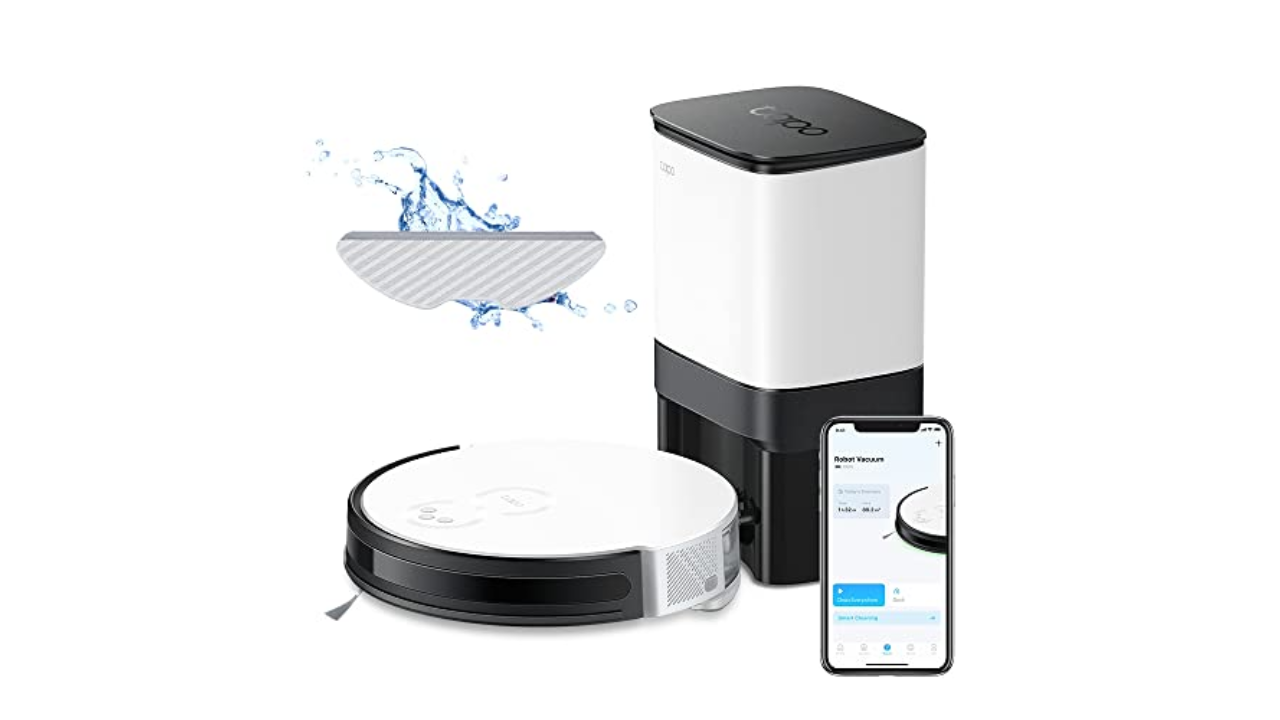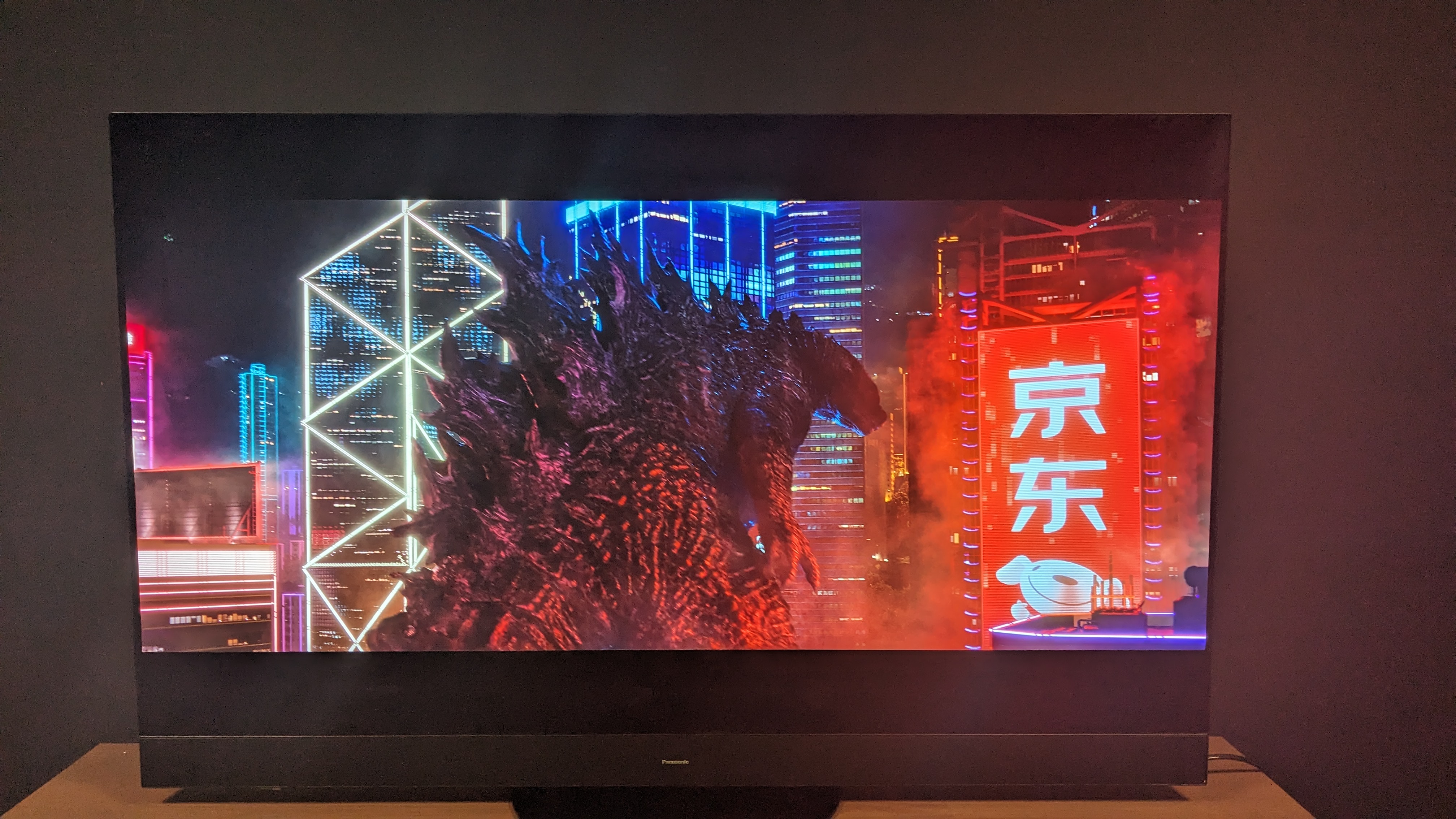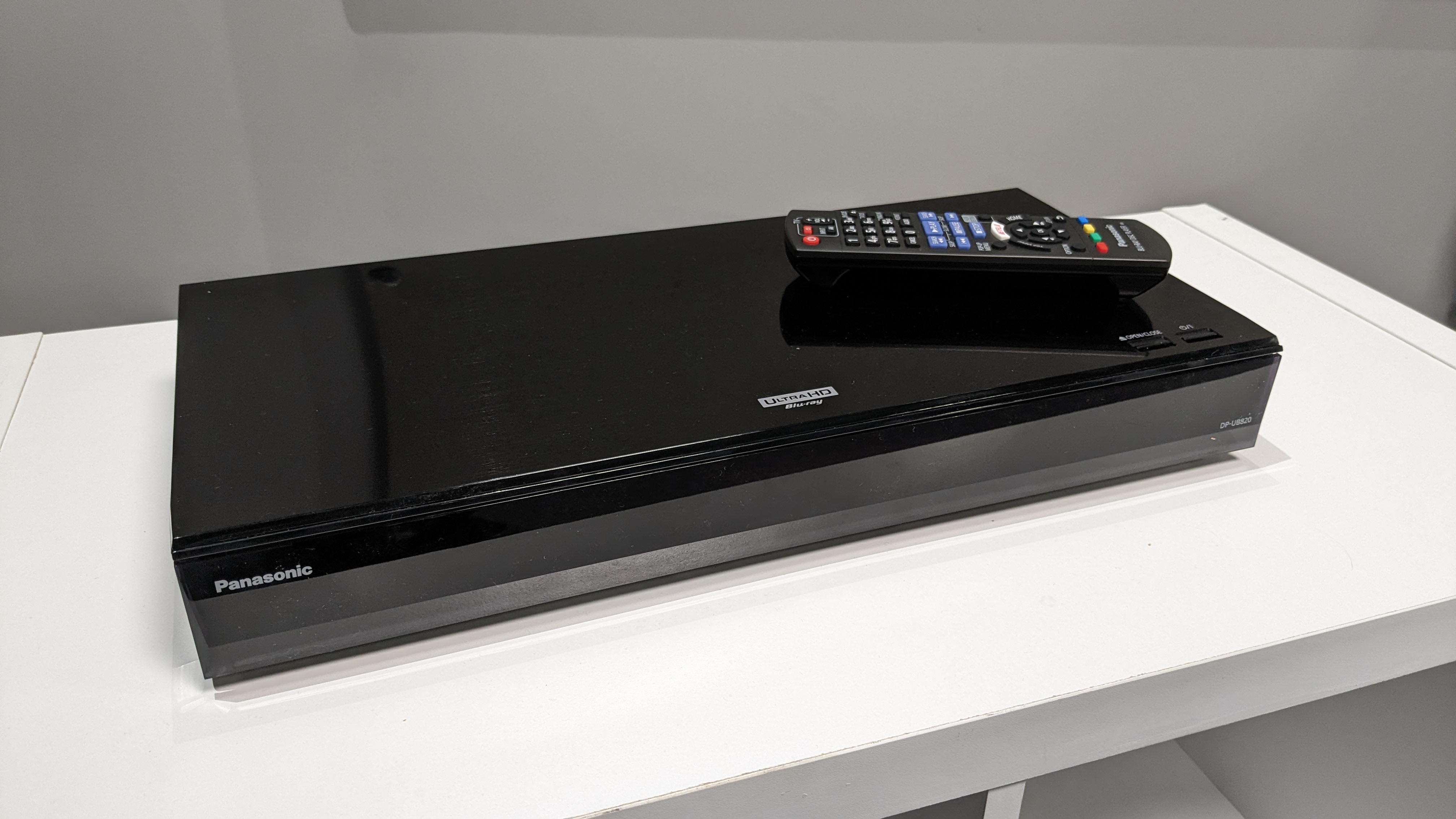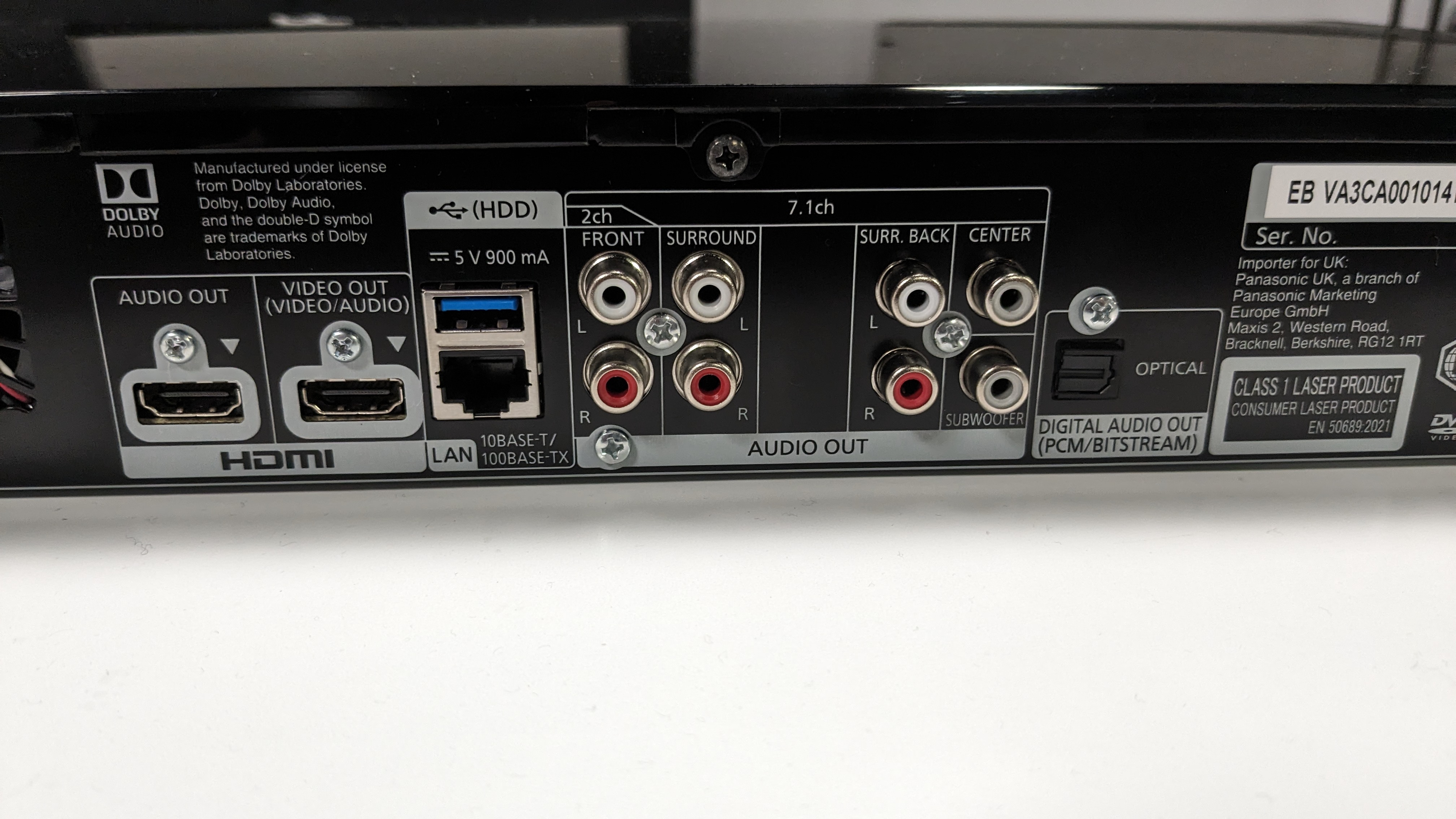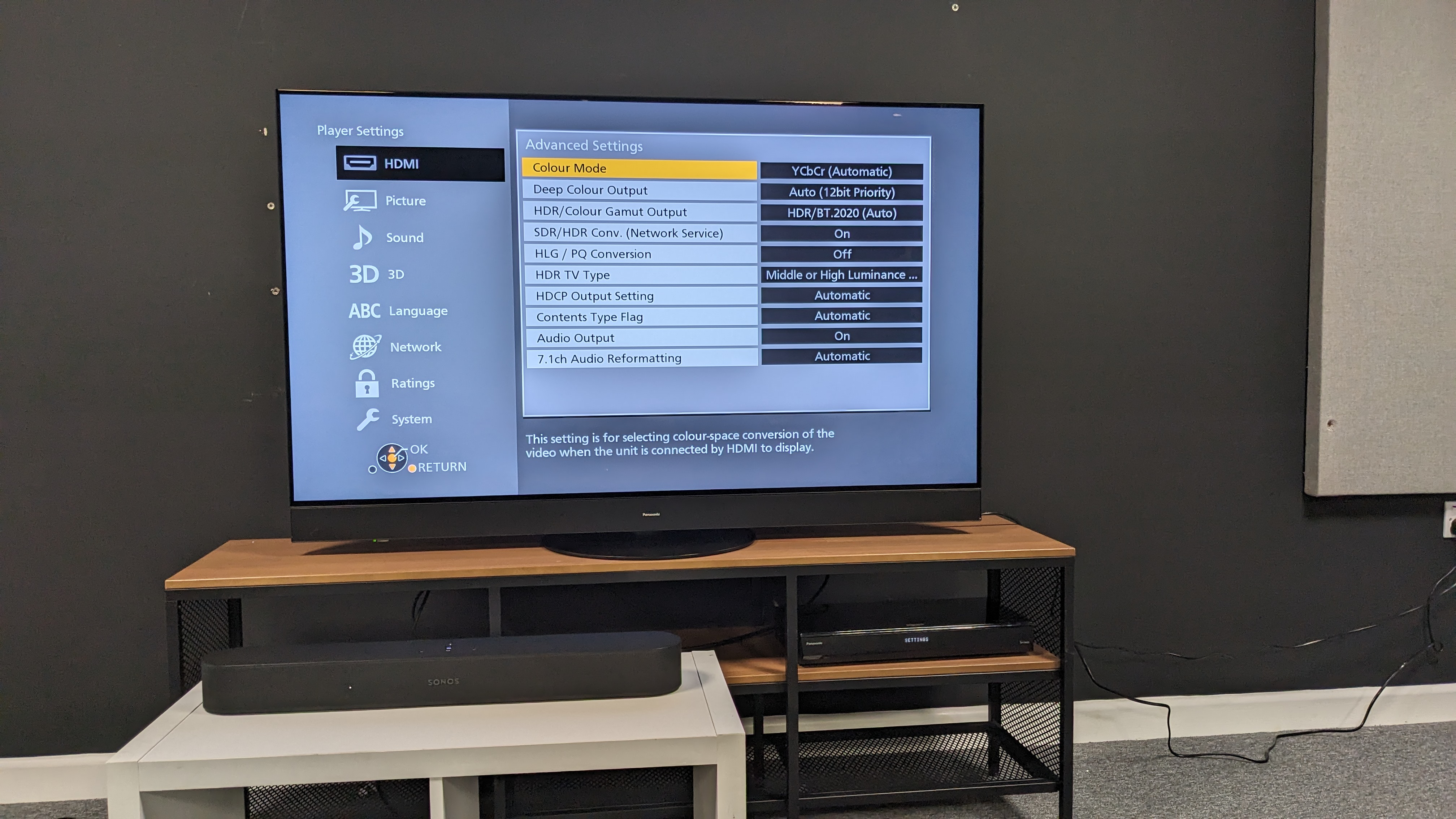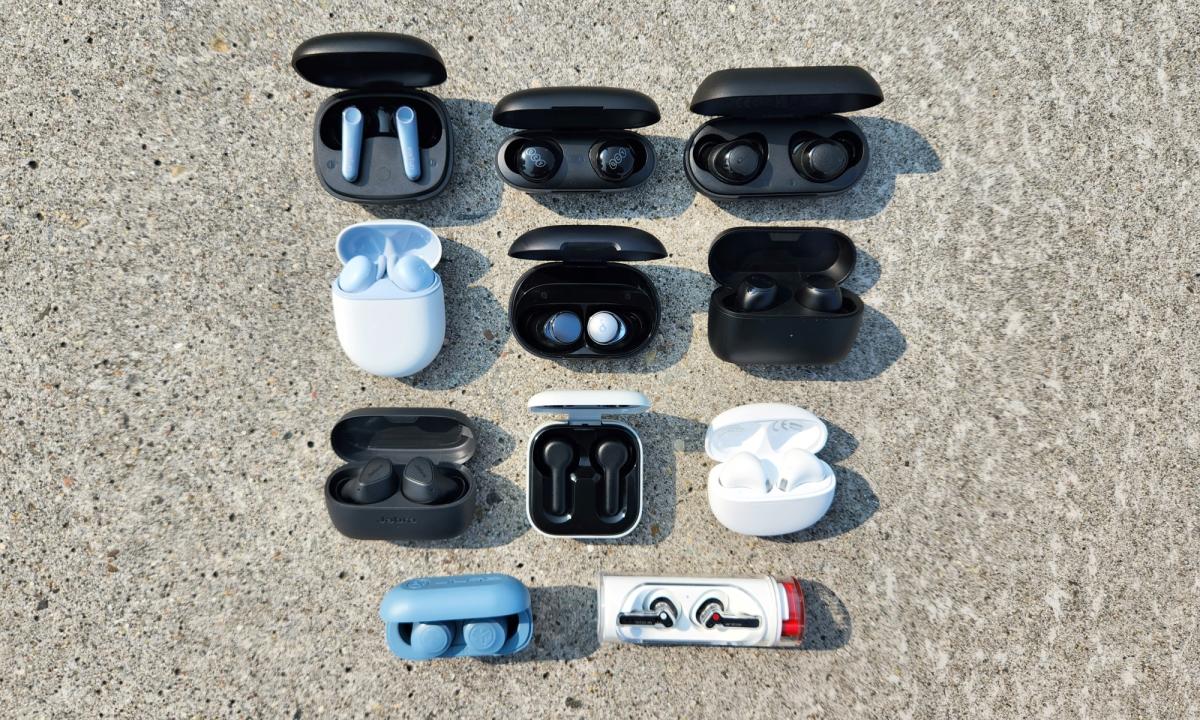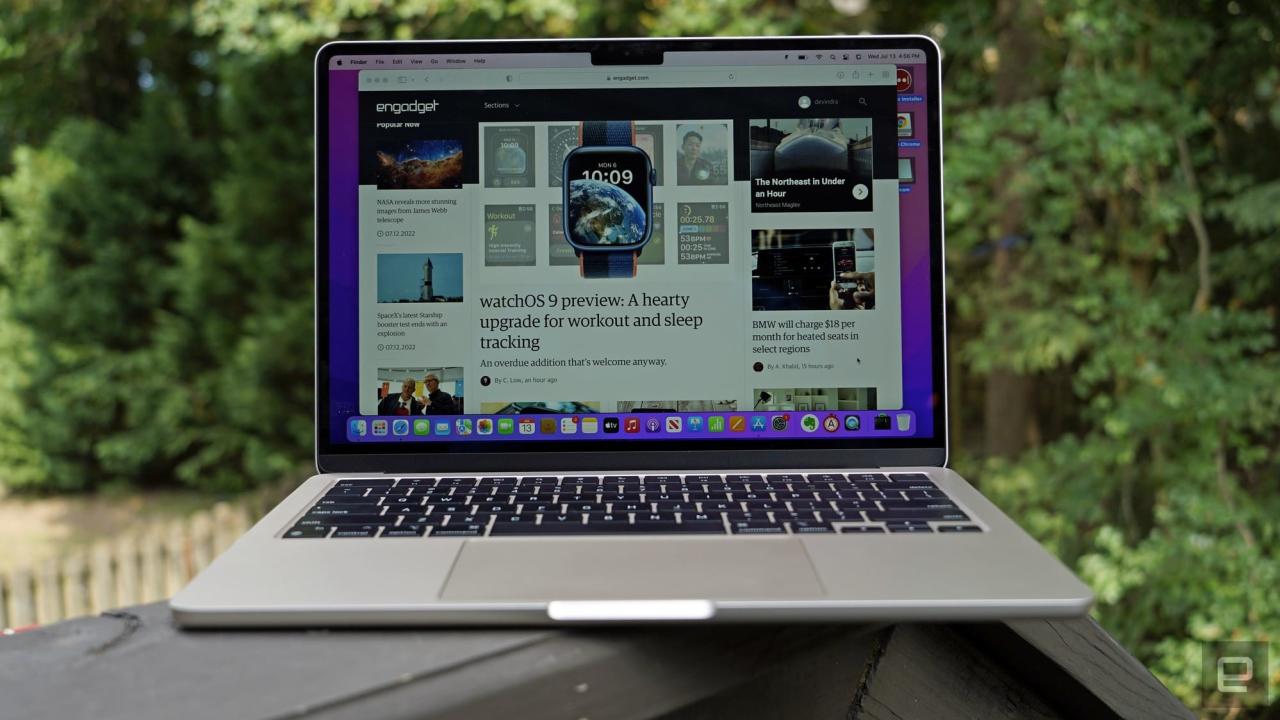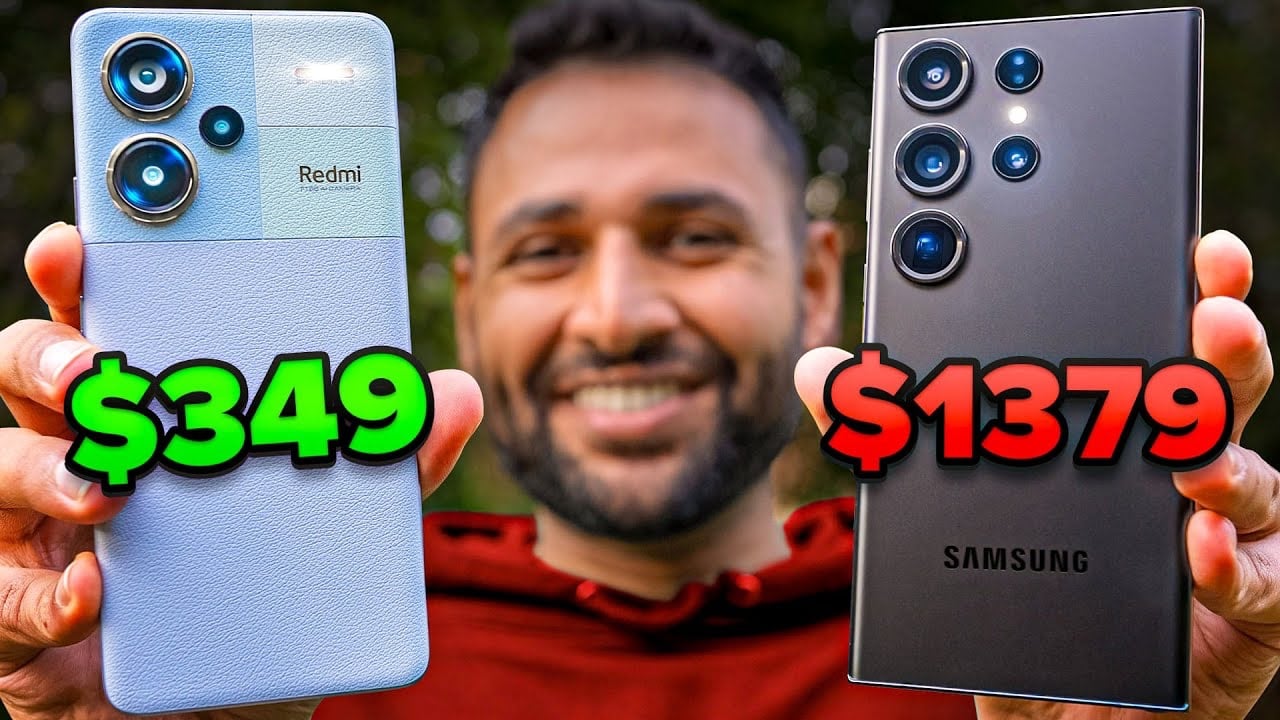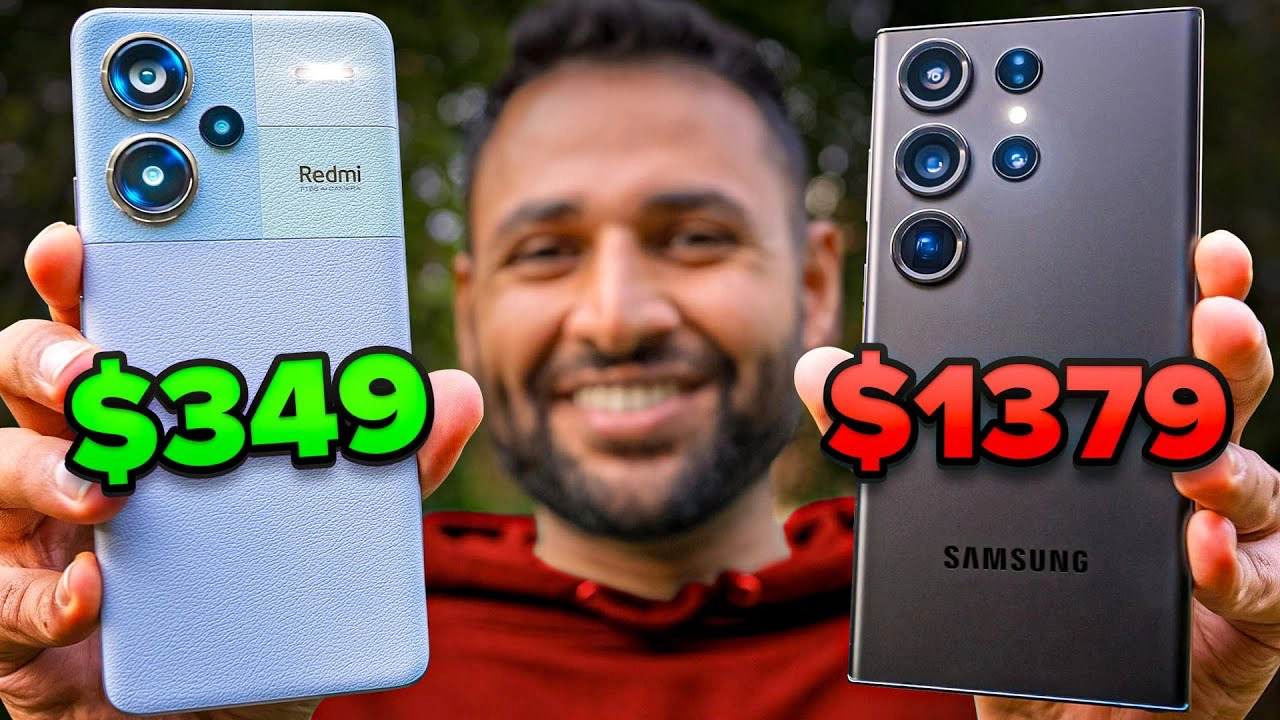[ad_1]
Photograph: Nena Farrell
Other Great Silk (or Similar) Pillowcases
- LilySilk 19-Momme Silk Pillowcase for $40: This is the same price as the Quince pillowcase, but a lighter weight, though it’s barely noticeable side by side. If you prefer no zipper, though, this is the silk pillowcase for you. It does have a few colors and prints that Quince doesn’t, so you might want to peruse the two brands and choose based on your color preference.
- Silken Pure Silk Envelope Pillowcase for $78: This pillowcase is a splurge, but the Silken Pure is noticeably higher-end. Medea found it’s not as slippery as other, cheaper pillowcases, but is super cooling on your skin. She says it’s held up great in the wash too. She does find she has to adjust it in the morning, since it doesn’t have a zipper enclosure.
- Kitsch Satin Pillowcase for $19: This pillowcase is satin, not silk, but Medea says it’s better than similarly priced silk options. If you’re not looking to spend more than $20 to $25, she says to choose this one over the cheap silk pillowcases you’ll find on Amazon.
Organic Sheets
Why buy organic sheets? If you’re buying an organic mattress, you probably want to pair it with organic sheets. Otherwise, nonorganic sheets can bring the chemicals and materials you avoided—including anything from formaldehyde and TCEP (a flame retardant) to phthalates—right back into your life. Even if you have a regular mattress, you can still benefit from choosing sheets that are made of natural, organic materials.
Our Favorite Organic Sheets
WIRED reviewer Scott Gilbertson tests organic bedding, and these are the best organic cotton sheets he’s tried. They’re soft but not overly silky, which is a feeling he doesn’t care for (if you do, check out the Avocado sheets below). The Brooklinen organic cotton sheets are made from Global Organic Textile Standard (GOTS)-certified organic cotton. They’re also Oeko-Tex certified, which means they’re tested for and do not contain any known toxic chemicals.
The 300 thread count makes this plenty crisp and soft but not so tight that you end up sleeping hot. These are a great choice for summer or if, like Scott, you sleep on the warm side even in winter.
Other Great Organic Sheets
- Avocado Organic Cotton Sheets for $229: These 600-count sheets are like sleeping on silk or satin and are 100 percent GOTS-certified organic cotton from India. The only potential issue here is that, because they are such a dense weave, they sleep a little warmer than what you might be used to. There’s also a 400-count version we haven’t tested.
- Avocado Organic Linen Sheets for $499: These linen sheets are some of the heaviest Scott has tried and will likely last you many years, thanks to the heavy weight. They’ll get softer with every wash, but they are initially rougher than other styles of sheets.
Alternative Materials
Why buy bamboo or eucalyptus sheets? Companies are making sheets from other materials now too, like bamboo and eucalyptus. The latter usually takes less water than cotton and less harsh chemicals than bamboo to produce sheets. Because bamboo plants grow so quickly, it’s thought to be an eco-friendly resource we can use without depleting the planet. However, it’s not a perfect solution. The process of turning bamboo into fabric uses harsh chemicals, which can actually add to air and water pollution. Bamboo viscose is slightly better than bamboo rayon.
A Eucalyptus Sheet
We were already fans of Buffy’s enormous Wiggle Pllow, and now we’re happy to have tried the company’s sheets too. They’re light and airy and yet feel warm, like you’re cozy under your favorite blanket, without making you hot and sweaty. WIRED reviewer Medea Giordano says her husband struggles with waking up sweaty on materials like percale, even when they feel cool to the touch, but he commented on how nice he felt sleeping in these. She did, however, note that they slid up the side of her mattress more than some other sheets.
The fabric uses a sateen weave but is actually Tencel lyocell, which is made from sustainable wood sources—in this case, eucalyptus—and it’s biodegradable.
A Bamboo Sheet
While WIRED reviewer Medea Giordano says she prefers the crispness of percale, these Luxome sheets made from bamboo viscose are the softest bedding she’s ever slept in. They’re silky and drape well, but have deep pockets and elastic straps to keep them on your mattress all night. They’ve held up in the wash too. We were nervous they’d get pilly like some similar cheap soft sheets we’ve tried from Bed Bath and Beyond (RIP) but that hasn’t been the case.
Other Great Bamboo Sheets
- Bedsure Bamboo Cooling Sheet Set for $60: This is one of the best cheap sets of sheets we found from stores like Amazon and Walmart, and happened to be bamboo to boot. They’re made from bamboo rayon (instead of viscose, which is better for the environment), and while they aren’t as silky and cool as the Luxome sheets above, they’re a close second.
- Quince Bamboo Linen Sheet Set for $100: Quince’s bamboo linen sheets are well priced for linen. They have a slightly softer, silkier feel compared to regular linen but still maintain some of the weight and stiffness you’d expect with linen sheets. It’s made with 70 percent bamboo rayon (less ideal than bamboo viscose) and 30 percent linen. These are a little more cooling to sleep on compared to other linen sheets too.
- Cozy Earth Bamboo Sheet Set for $339: Similar to Luxome, these bamboo sheets are 100 percent bamboo viscose, but they’re pricier. Still, they’re insanely soft and nice and cold to the touch. They warm up after about 15 minutes of lying in bed but still feel almost as if they’ve melted around you.
A Bamboo Linen Sheet
Quince’s bamboo linen sheets are well priced for linen. They have a slightly softer, silkier feel compared to regular linen but still maintain some of the weight and stiffness you’d expect with linen sheets. It’s made with 70 percent bamboo rayon (less ideal than bamboo viscose) and 30 percent linen. These are a little more cooling to sleep on compared to other linen sheets too.
Best Budget Sheets
On a tight budget? Some of our favorite sheets are surprisingly cheap compared to other similar sets, but they cover a range of sheet styles.
Our Favorite Budget Sheets
When I upgraded my mattress after moving across California, I popped into Target to grab its cheapest queen sheet set off the shelf and promptly left the store. Target’s Room Essentials set is made with a plain cotton weave, and I didn’t expect them to hold up for long, especially with my claw-happy cat in the house.
It’s been four years and I still use these sheets. They’re soft and light after years of use and feel a bit like a favorite T-shirt I’ve worn in the perfect amount. My husband, much to my ire, calls these “the nice sheets” even though we have actual nice sheets. They’re affordable and are comfortable to sleep on.
[ad_2]
Source Article Link

